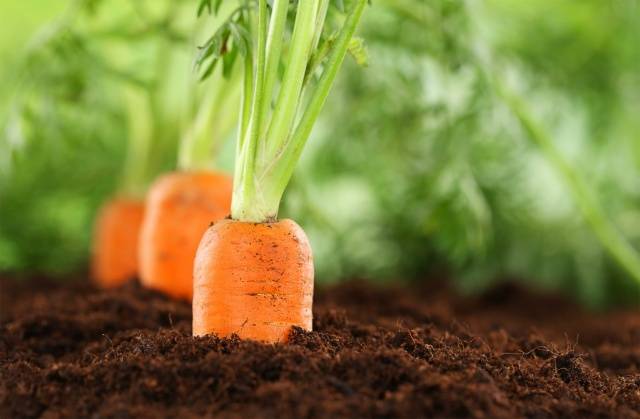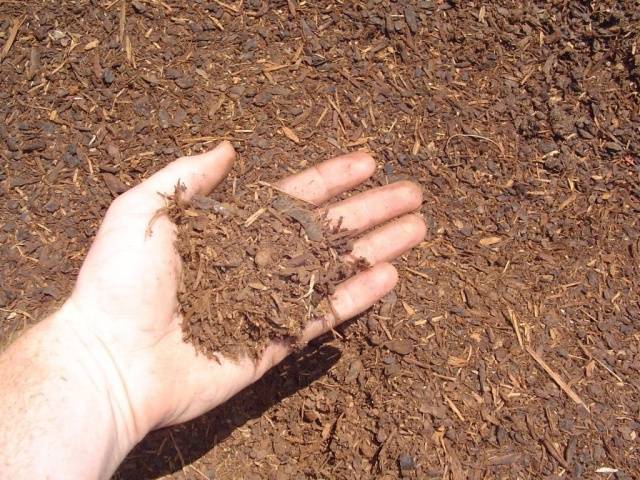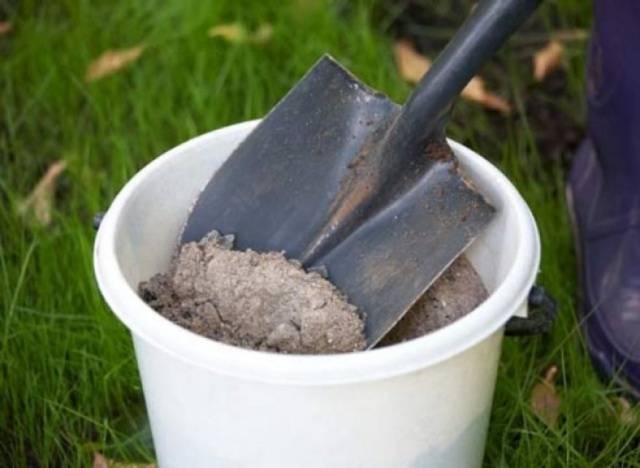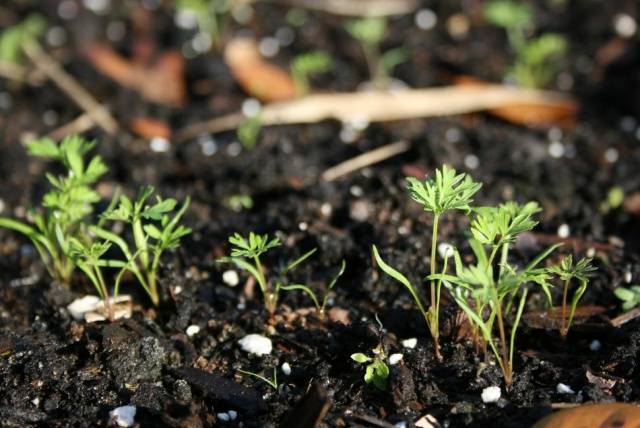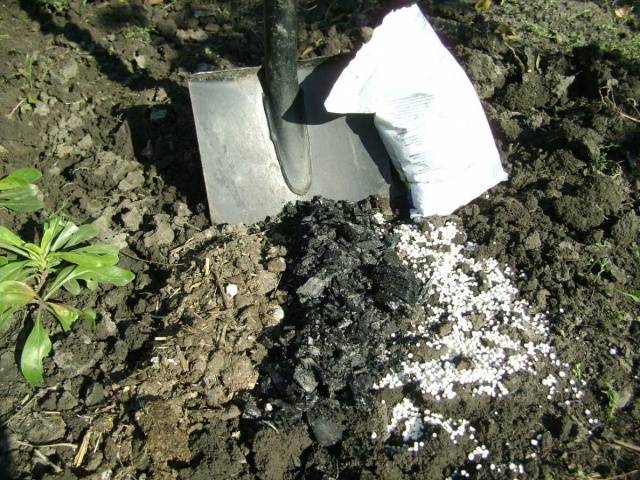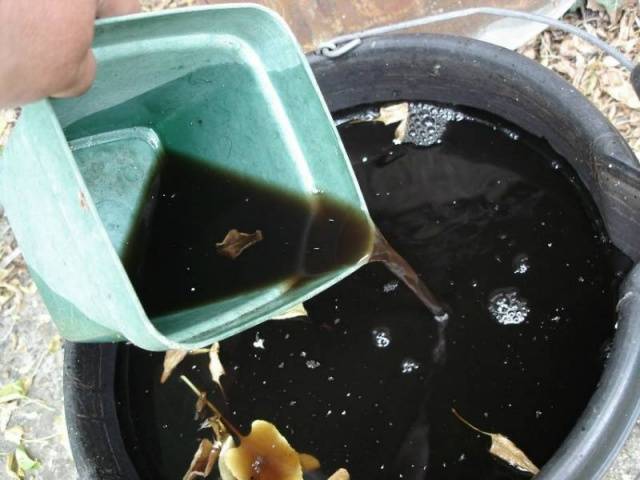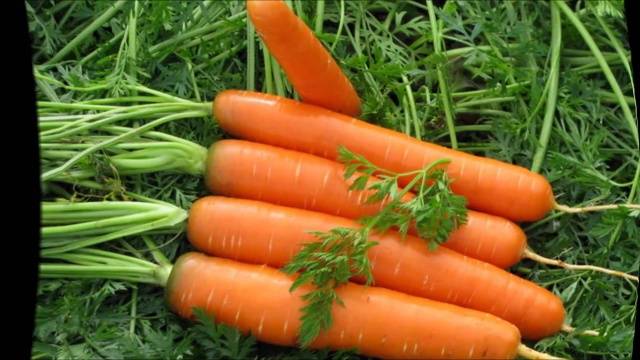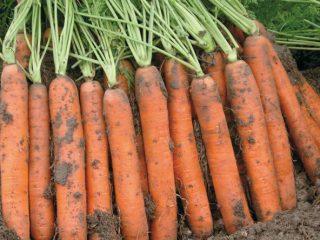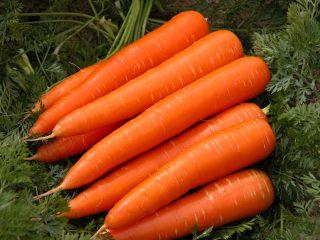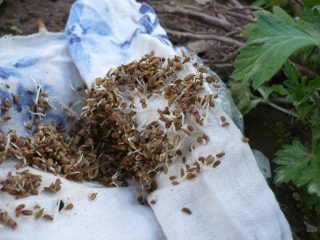Content
Carrots are an undemanding plant; they only need water and sunlight to grow successfully. But if the yield of this root crop leaves much to be desired, you need to pay attention to the soil; perhaps it is depleted. To compensate for the lack of nutrients, you need to select suitable fertilizers. Fertilizers are applied directly to the soil or fed to the plants during the growing season.
Fertilizing beds before planting
Carrots grow best in neutral or slightly acidic soils, loose, filled with sufficient nutrients. Preparation of carrot beds begins in the fall, after the previous crop has been harvested. The best predecessors for carrots are potatoes, peas and green crops.
The harvest of carrots growing in acidic soils will always be poor, the root system does not work well under these conditions, and the plant experiences starvation. You can determine increased acidity by eye, focusing on weedy plants, or by purchasing special test strips. The following plants readily grow in acidic soil: horsetail, horse sorrel, and buttercups.If there are many similar plants on the site, then liming should be done before planting carrots to reduce the acidity of the soil. For these purposes, you can add lime and dolomite flour. Adding wood ash may also help.
Unscrupulous producers may sell high-acid peat under the guise of lowland peat. A large amount of such peat can significantly increase the acidity of the soil.
Heavy, rocky soil prevents the formation of high-quality root crops. During the autumn preparation of the beds, it is necessary to add humus or well-decomposed peat to the soil; if necessary, you can add sand. The amount of humus depends on the density of the soil; if it is very dense, you will need at least 2 buckets per square meter of beds; on lighter soils you can get by with less. Sand is added in at least 1 bucket for very dense soils; for the rest, half a bucket per square meter of beds is enough.
If the autumn processing of the beds did not take place, these manipulations can be carried out during spring digging.
Nutrients for carrots can be added to the soil using mineral or organic fertilizers. When deciding what fertilizers to apply, you need to focus on the last season; if a lot of fertilizers were applied then, their amount this season should be halved.
Organic matter must be added to carrot beds very carefully; excess nitrogen fertilizers can completely destroy the crop. Root crops overfed with nitrogen grow deformed, dry and bitter. If the fruits still grow smooth and have a marketable appearance, they will not be stored in winter.
It is advisable to apply organic fertilizers to the soil a year before growing carrots, under the previous crop. Since organic compounds do not immediately become available for absorption, fertilizers left in the soil from last year can serve to feed carrots. If organic matter has not been added to the beds, you can fertilize the soil in the fall. Before the autumn digging of the soil, half a bucket of well-rotted manure is applied per square meter of beds; it is necessary to spread the manure in an even layer so that during digging the fertilizers are distributed evenly.
Carrots are very demanding on the content of potassium, magnesium and phosphorus in the soil; without these microelements, normal carrot development is impossible. These elements can be added to the soil in autumn, spring or during the carrot growing season. In autumn, it is advisable to use long-acting dry fertilizers; the amount of fertilizer for carrots is determined according to the instructions for the product. In spring, carrot fertilizers can be added to the soil in dry or liquid form; during the growing season, it is advisable to use nutrients in liquid form.
Seed treatment
Carrot seeds germinate long enough to speed up germination; you can use soaking in a solution of mineral fertilizers, adding growth stimulants.
For soaking, you need to choose products with a high content of potassium and magnesium; these microelements help accelerate germination, increase energy, and the seedlings are stronger. The solution is prepared according to the instructions; soaking for 2–3 hours is enough. After soaking, the seeds are dried and sown in the usual way.
Fertilizers during the growing season
During the growing season, it is necessary to feed carrots at least three times. If natural fertilizers are used, at least once a month.
If nitrogen fertilizers were not applied last year, this must be done before the fourth true leaf appears on the carrots. The choice is made in favor of complex chelated fertilizers, since they contain nitrogen in a form available for rapid absorption by the root system. You can combine the application of nitrogen and phosphorus fertilizers.
When the carrot tops reach a size of 15–20 cm, a second feeding is carried out. At this time, carrots really need potassium and magnesium fertilizers. Application can be done either by watering at the root or by foliar application by spraying the foliage.
Third time feeding carrots carried out a month after the second. This time they also use fertilizers that contain magnesium and potassium.
Signs of nutritional deficiencies
If carrots are nutrient deficient, you can often tell by their appearance.
Nitrogen
Lack of nitrogen is expressed in the slow development of root crops. The foliage becomes darker, the formation of new leaves and the development of the root system is suspended.
Excess nitrogen can be noticed by the disproportionate development of the root crop - carrots grow large tops to the detriment of the root crop.
Phosphorus
Phosphorus deficiency is externally expressed in a change in the color of carrot foliage; it acquires a bluish tint. If fertilizers are not applied on time, the leaves dry out and the root crop becomes very hard.
Excess phosphorus in the soil can prevent the root system from absorbing other microelements.
Potassium
A lack of potassium slows down all processes in the plant, first the lower carrot leaves change color and dry out, and gradually all the foliage can dry out. The root crop becomes tough and inedible.
Excess potassium can slow down the development of carrots, causing the foliage to turn dark. Using natural sources of fertilizers, such as wood ash, it is impossible to obtain excess potassium.
Magnesium
If there is too little magnesium in the soil, the foliage is the first to suffer, gradually, starting with the lower leaves, photosynthesis stops and the leaf dies. If the process affects a large number of leaves, the carrots will die.
It is difficult to obtain excess magnesium; if you follow the recommended dosages, it is impossible to overdose fertilizers.
Bor
An insufficient amount of boron prevents the formation of full-fledged leaves, the tops grow small and undeveloped. The root system does not develop. An excess of this element is very rare.
Natural sources of fertilizers
Ready-made commercial fertilizers can be replaced with natural products that will be excellent suppliers of nutrients. These fertilizers for carrots can be used before planting and during the growing season.
weed
The cut grass is placed in a large barrel, 25 or more liters in size. Fill it with warm water, add ash, a glass of sugar and leave to ferment in a warm place. After 1–2 weeks, depending on the air temperature, the fertilizer is ready. Before use, it is diluted with warm water in a ratio of 1:5. To treat one bed you need about a bucket of product. You can use the infusion to fertilize the beds many times, adding weeds and water. The frequency of processing carrot beds is once every two weeks.
Milk serum
Whey contains many beneficial substances that can improve carrot yield. To prepare a nutrient solution, add wood ash to the whey; 5 liters of whey require 0.5 liters of ash. The resulting solution is diluted in water 1:2; 3–4 liters of fertilizer are needed per square meter of beds. Feeding is carried out twice a month.
Onion peel
In addition to adding nutrients, onion peels can protect carrots from their main pest, the carrot fly. A kilogram of husk is soaked in 5 liters of warm, clean water, half of black bread and a glass of ash are added. After 3 days, the fertilizer is ready. It is diluted with water in a ratio of 1:5; per square meter of bed you will need about 3 liters of ready-made fertilizer. You can use not only watering with infusion, but also spraying carrot tops with it.
Conclusion
Well-fertilized beds can produce a large, tasty harvest of carrots if fertilizers are applied carefully and wisely. It is necessary to carefully follow the dosage and recipe when adding nutrients.
